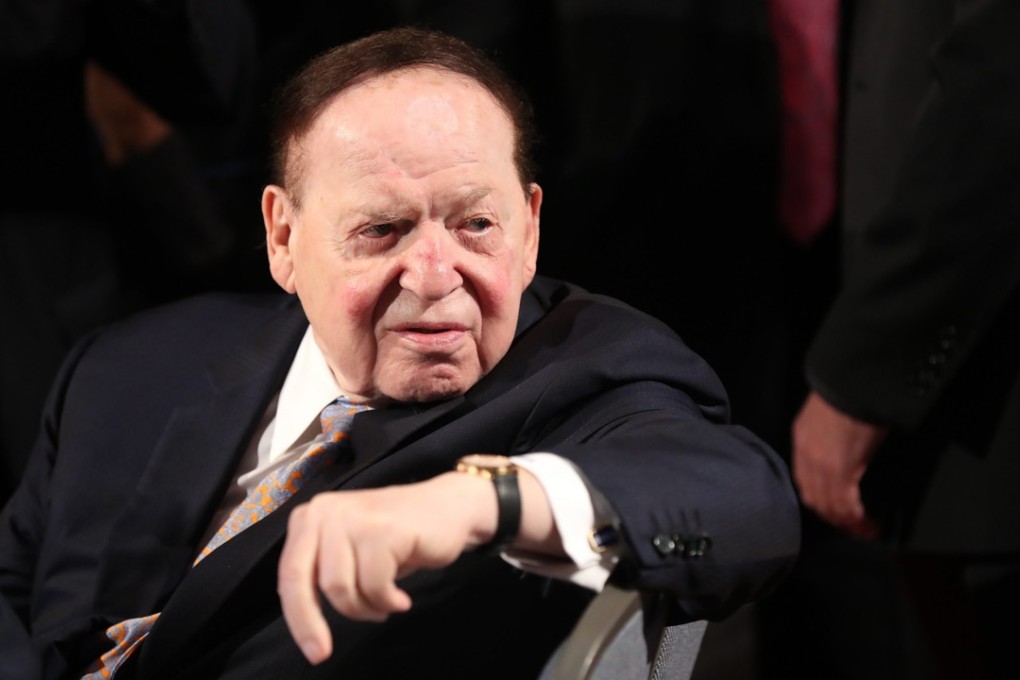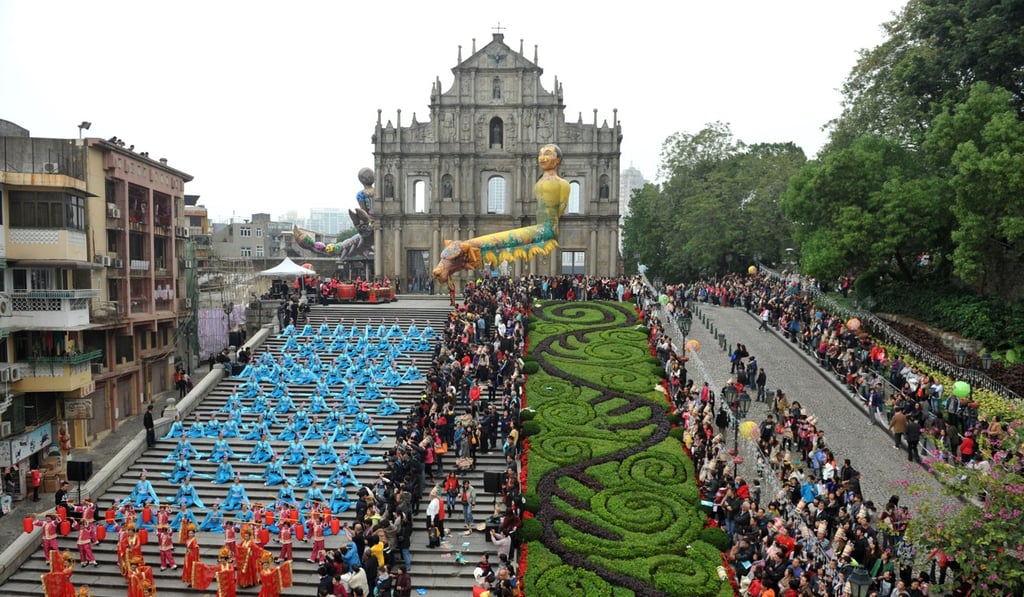How the Venetian made Macau great again
Sheldon Adelson’s US$21 billion gamble a decade ago pioneered China’s answer to the Vegas Strip – and made him richer faster than anyone in history

In the 1600s, Macau was the linchpin in Portugal’s East Asia trade routes, at the heart of efforts to spread Christianity, as evidenced by the façade of Saint Paul’s Church and other structures from that era in the Historic Centre of Macau, a Unesco World Heritage site. It took another modern medieval European building, the Venetian Macao, to make Macau great again.

What’s brought the high rollers back to Macau?
The Venetian Macao’s HK$21 billion investment spurred an additional HK$200 billion in resort development to create the Cotai Strip, an Asian version of Vegas’ centrepiece. That investment includes huge shopping malls, world class attractions and 24,000 added guest rooms that will this year generate an incremental HK$8.5 billion in revenue. For Sheldon Adelson, founder and chairman of Venetian Macao developer Las Vegas Sands (LVS), the resort completed his ascent from court jester to global casino king.